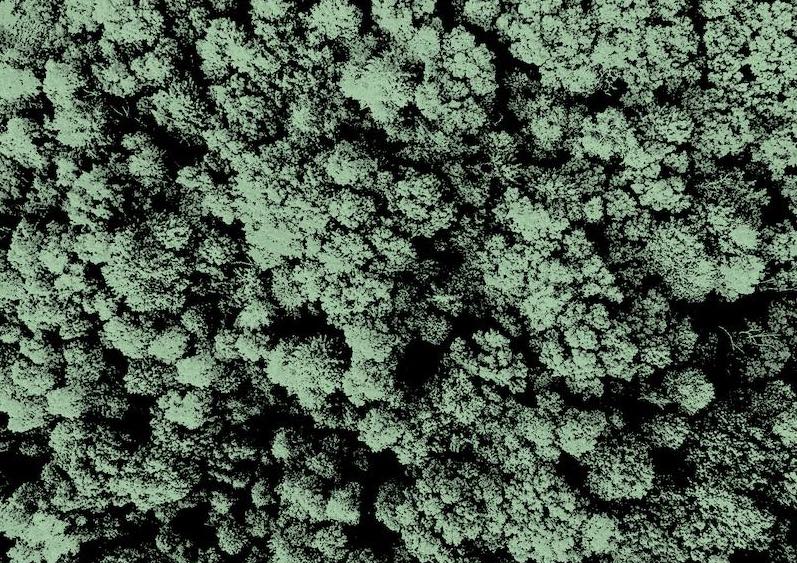What is it about?
Global Positioning System (GPS) technology is ideally suited for inshore and offshore positioning because of its high accuracy and the short observation time required for a position fix. Precise point positioning (PPP) is a technique used for position computation with a high accuracy using a single GNSS receiver. It relies on highly accurate satellite position and clock data that can be acquired from different sources such as the International GNSS Service (IGS). PPP precision varies based on positioning technique (static or kinematic), observations type (single or dual frequency) and the duration of observations among other factors. PPP offers comparable accuracy to differential GPS with safe in cost and time. For many years, PPP users depended on GPS (American system) which considered the solely reliable system. GLONASS’s contribution in PPP techniques was limited due to fail in maintaining full constellation. Yet, GLONASS limited observations could be integrated into GPS-based PPP to improve availability and precision. As GLONASS reached its full constellation early 2013, there is a wide interest in PPP systems based on GLONASS only and independent of GPS. This paper investigates the performance of kinematic PPP solution for the hydrographic applications in the Nile river (Aswan, Egypt) based on GPS, GLONASS and GPS/GLONASS constellations. The study investigates also the effect of using two different observation types; single-frequency and dual frequency observations from the tested constellations.
Featured Image
Why is it important?
Hydrography is the branch of applied science which deals with the measurement and description of the physical features of the navigable portion of the earth’s surface [seas] and adjoining coastal areas, with special reference to their use for the purpose of navigation. Global Positioning System (GPS) is ideally suited for inshore and offshore positioning because of its high accuracy and the short observation time required for a position fix. The horizontal position requirements for marine surveys vary between a few decimetres and several tens of metres. To meet these requirements, different observation and processing techniques using pseudo-ranges and/or carrier phases must be employed
Read the Original
This page is a summary of: Kinematic-PPP using Single/Dual Frequency Observations from (GPS, GLONASS and GPS/GLONASS) Constellations for Hydrography, Artificial Satellites, March 2018, De Gruyter,
DOI: 10.2478/arsa-2018-0004.
You can read the full text:
Contributors
The following have contributed to this page










